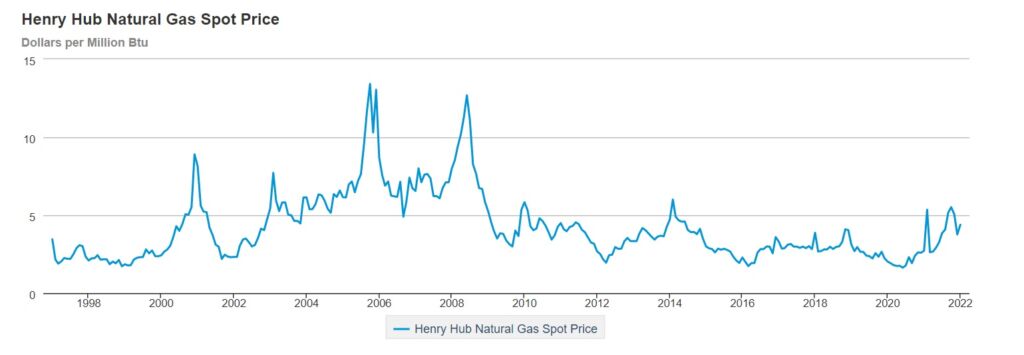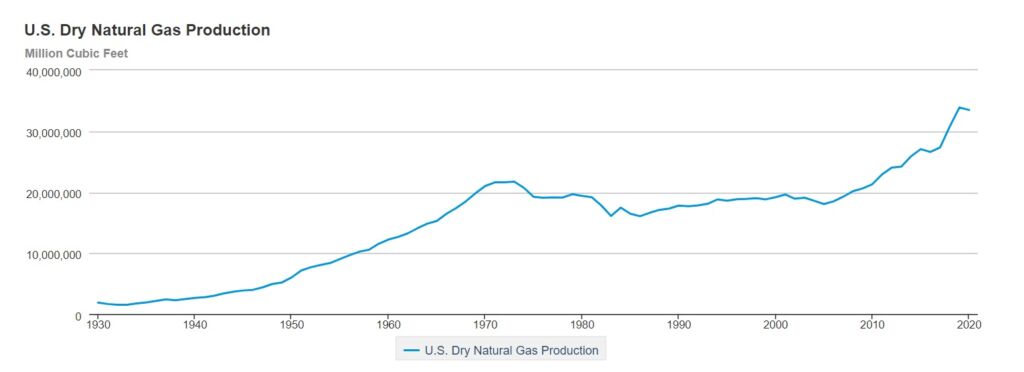Minnesotans feel the pain from rising energy costs
The St. Paul Pioneer Press wrote a story on Feb. 2, 2022, describing the toll that higher energy prices are taking on Minnesotans who are already struggling with the highest inflation in decades.
The PiPress story reads:
Minnesotans turned down the thermostat, wrapped themselves in electric blankets, put plastic over their windows and updated their furnaces to cut costs this winter, but in many cases saw no change on their heating bills.
“I’ve been a homeowner for eight years. This is the highest I’ve ever seen and the lowest I’ve had my heat turned down in those eight years,” said Erik Solis, a 38-year-old warehouse worker from St. Paul.
Solis said he saw his heating bill go up $100, or 60 percent more than the same time last year.
Heating bills are rising because 66 percent of Minnesotans use natural gas for home heating, and natural gas prices are at their highest point since 2014. PiPress continues:
A Pioneer Press query sent out to St. Paul homeowners via social media found that many homeowners have found the increase to be much higher, with some comparing it to a car payment. In some cases, it’s “more than doubled” since last year, with several reporting a monthly heating bill upwards of $400.
Several spoke of sitting in the dark, turning the furnace down and wrapping up in electric blankets to keep warm, buying quilted curtains and cutting back on other expenses in order to have enough to pay utility bills they say are averaging $100 more than usual.
But why are natural gas prices increasing? It is a combination of the COVID-19 pandemic and bad public policy at the national level.
U.S. natural gas prices were historically much more volatile than they have been since 2010. The graph below shows natural gas prices spiking in 2001, 2003, 2005, and 2008 before falling amidst the Great Recession.

Prices have remained consistently low since 2010 because hydraulic fracturing, also known as fracking, made the United States the world’s largest producer of natural gas. Production began ramping up in 2008 in Texas, and in 2010 in the Marcellus Shale in Pennsylvania.

However, the shutdowns enacted throughout the country (and the world) for COVID-19 greatly reduced the demand for energy almost overnight. As a result, the oil and natural gas industries scuttled drilling plans for 2020, and have been slow to come off the sidelines to increase production to help keep prices in check.
Drillers have been slow to ramp up production because the Biden administration is less friendly to energy production than his predecessor. Upon entering office, Biden cancelled the Keystone XL pipeline, and has taken other measures that restrict energy development in the U.S. In my opinion, oil and gas companies saw what happened to Keystone and decided to take a “wait and see” approach for investing in the sector.
Rather than promote the American energy sector, President Biden is asking OPEC and Russia to pump more oil, and urging natural gas-exporting states to send more natural gas to energy-starved Europe. This is simply an unforgivably bad energy strategy. The job of the President should be to promote a strong U.S. economy for American workers, not to strangle American enterprise and ask other countries to pick up our slack.